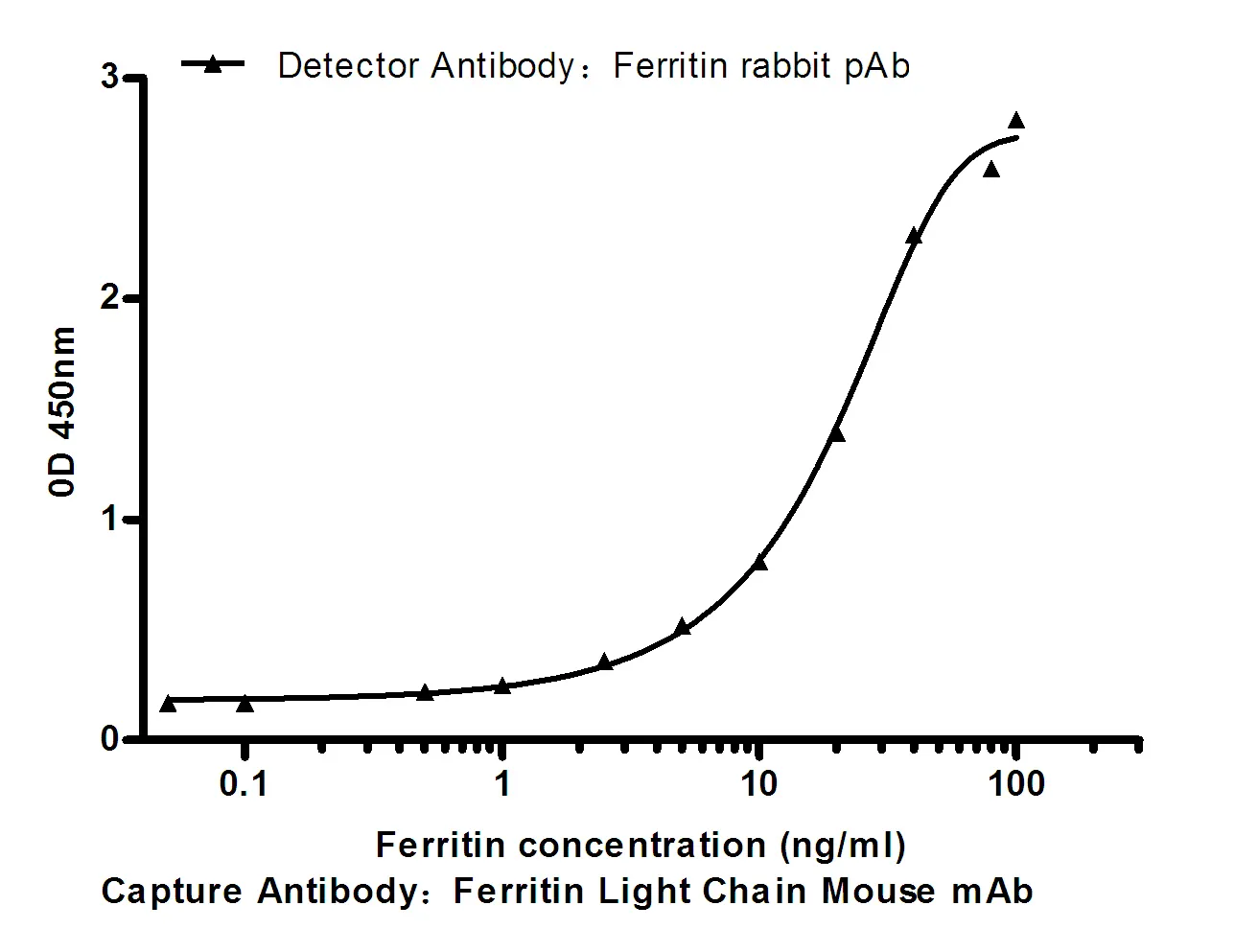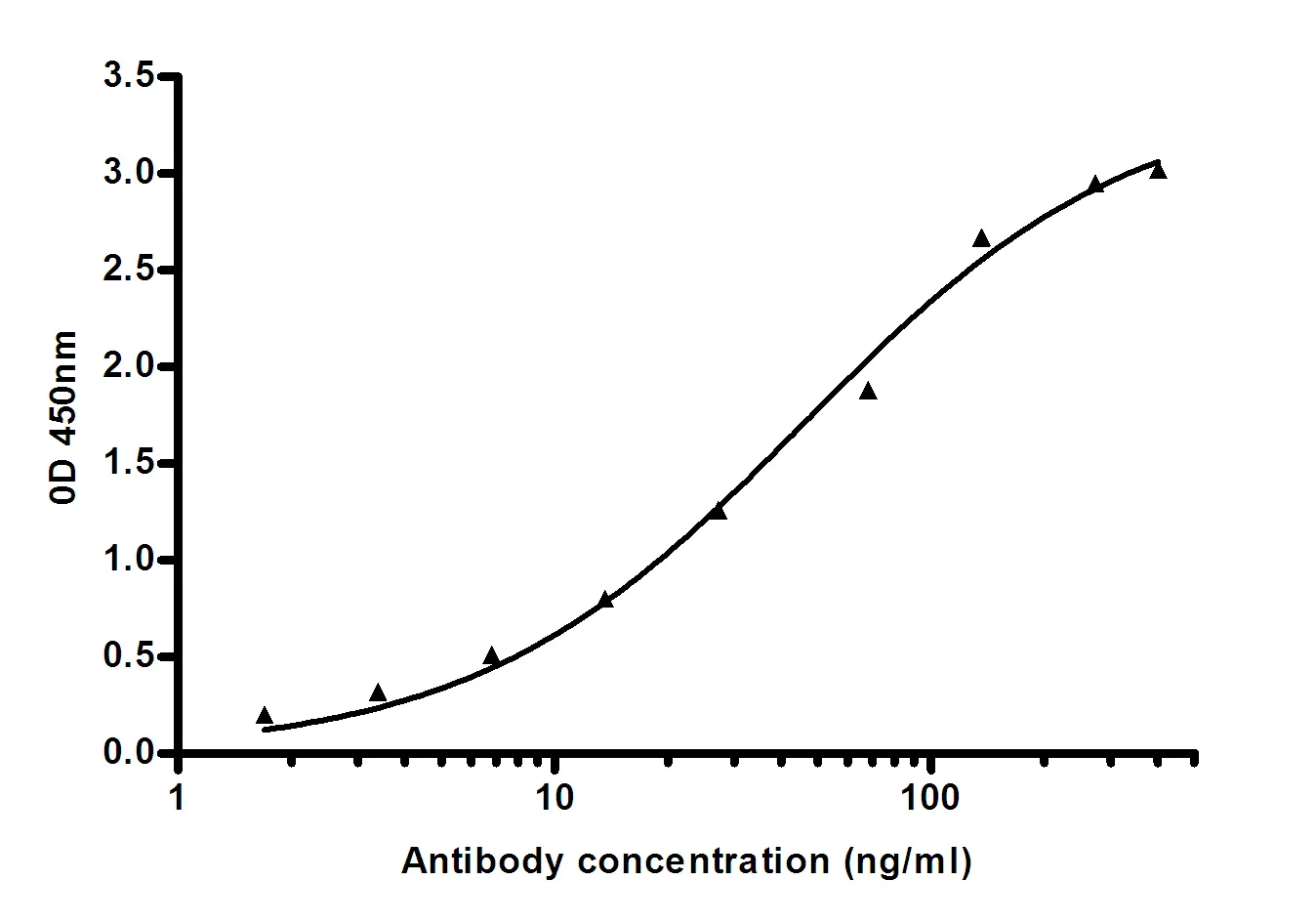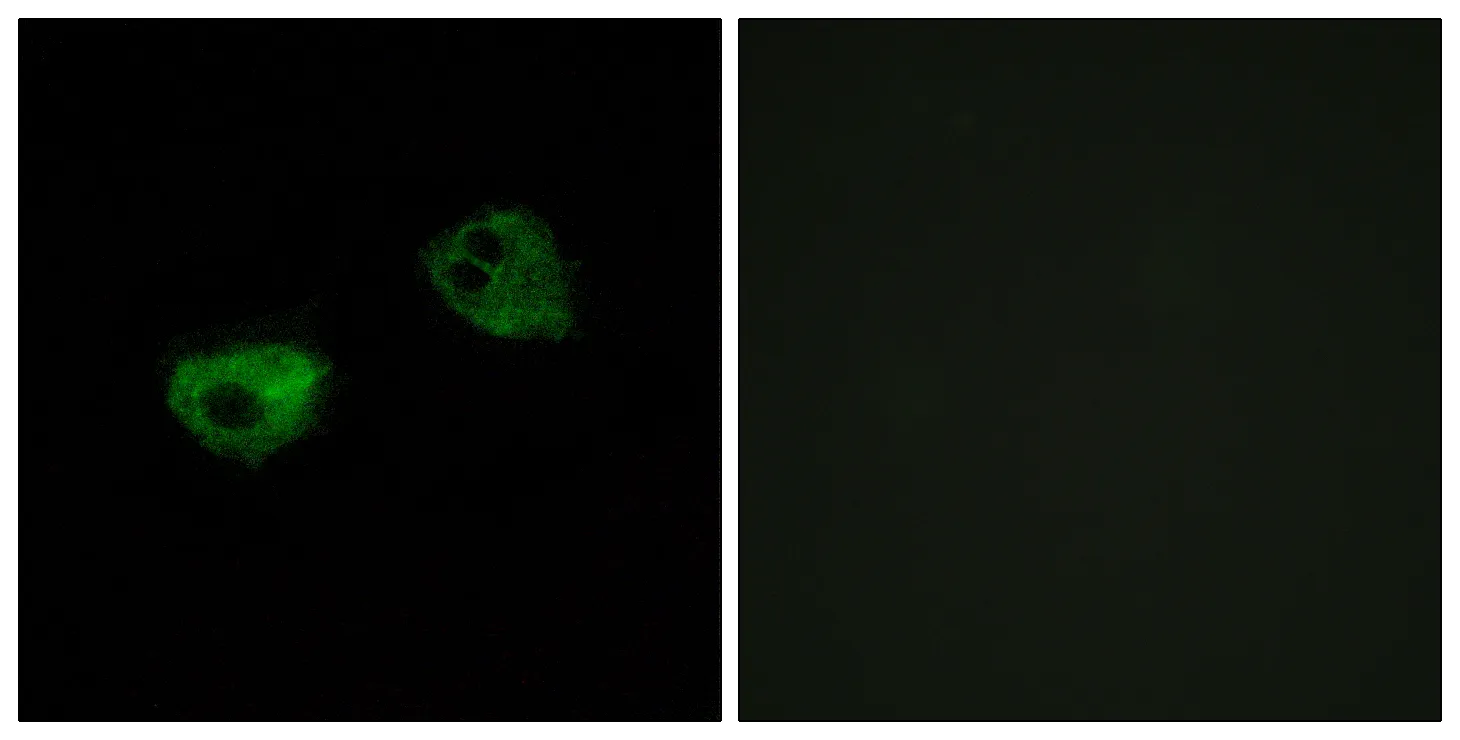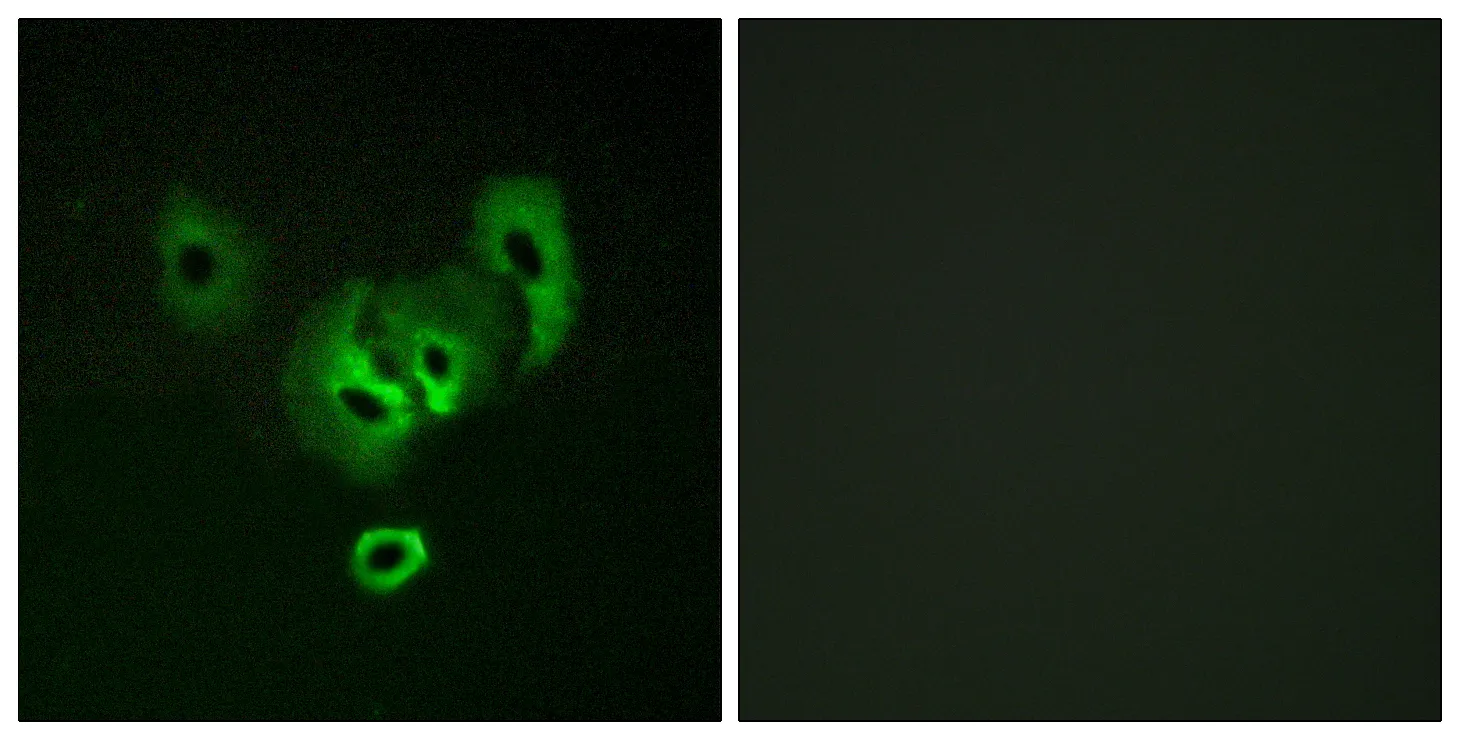Summary
Performance
Immunogen
Application
Background
developmental stage:Expressed in fetal brain.,function:May be involved in fat metabolism.,similarity:Belongs to the CD225 family.,tissue specificity:Expressed at high levels in heart, mammary gland, adrenal gland, stomach, smooth muscle and skeletal muscle, and at lower levels in brain and lung. Strongly down-regulated in lung cancer tissues, due to hypermethylation of the corresponding locus.,developmental stage:Expressed in fetal brain.,function:May be involved in fat metabolism.,similarity:Belongs to the CD225 family.,tissue specificity:Expressed at high levels in heart, mammary gland, adrenal gland, stomach, smooth muscle and skeletal muscle, and at lower levels in brain and lung. Strongly down-regulated in lung cancer tissues, due to hypermethylation of the corresponding locus.,
Research Area




